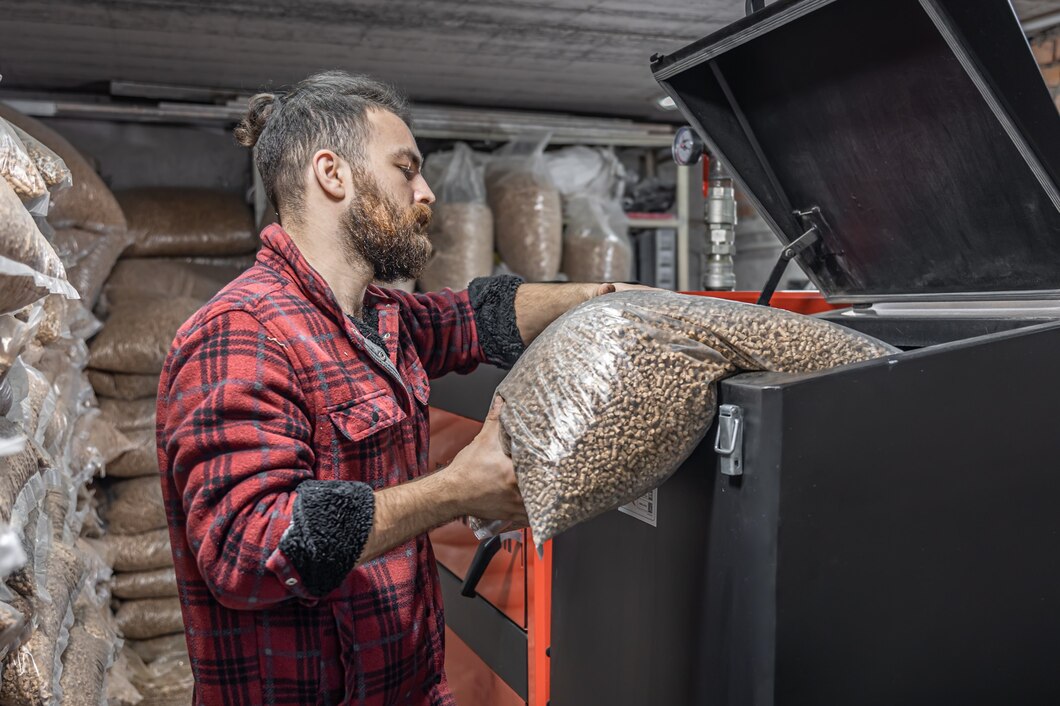In today’s fast-paced world where productivity and innovation continue to succeed, modern rice milling machines can now husk, whiten and polish the rice quickly. This is done with the help of automation and efficient design.
All the types of machinery in a rice mill lead to increased productivity, yet certain machines directly impact the productivity or the product quality during the rice milling process. This leads to minimal breaking of rice grains during the rice processing stage which generates high-quality output and less wastage.
More productivity in rice mills leads to increased profitability for rice mill owners. This will also create a stable supply chain for worldwide rice consumers. In this blog, let’s explore which rice mill machine enhance the productivity of the entire rice mill.
- Fine Cleaning Machines
A fine-cleaning machine is useful in making high-quality polished rice. This rice mill machine works as a sifting and vacuuming station for rice. This fine cleaning machine has multiple screens and an air suction system. The design is done in such a way that it can remove even the tiniest impurities, like dust and broken rice grains. It can also detect and remove any stray husk particles that might have snuck during the cleaning stages.
As the screen vibrates, the good-quality rice grains filter through the holes, while larger impurities like broken rice get eliminated. An air suction system sucks up any dust, husk fragments, and other lightweight impurities that might be sticking to the rice.
By removing those last bits of impurities, the machine ensures a higher quality of finished rice is produced. Those tiny impurities can cause devastation to downstream machinery like polishers and graders. The fine cleaning machines reduce the wear and tear on other machines, reducing downtime and maintenance costs. This keeps the rice milling process going efficiently
- Shelling & De Husking Machine
Also known as a Paddy Husker or Rice Huller, the shelling and de-husking machine is an essential rice mill machine that comes into play at the beginning of rice milling. It transforms the inedible paddy into brown rice, which is ready for further processing.
Paddy rice is loaded into a hopper at the top of the machine. Inside, the paddy encounters a revolving abrasive surface with a texture similar to sandpaper. This abrasive surface rubs against the paddy to remove the outer husk.
Efficient husking ensures a consistent flow of brown rice for the next milling stages, preventing blockages and keeping the entire process running smoothly.
- Paddy Separator Machines
Paddy separators come into play after the husking stage. A paddy separator machine sorts good rice from leftover husks and unprocessed paddy. It works by influencing the differences between brown rice and paddy.
Brown rice is denser and slightly smaller than paddy. So when its mixture enters the separator, the machine shakes or vibrates it. Due to the shaking and their different properties, brown rice moves in one direction, while paddy moves in another. This leads to a higher quality final product, which can fetch a better price.
Any leftover paddy gets separated and sent back to the husking stage for getting processed again. This eliminates the need to re-process the entire batch, saving time and resources.
- Grading Machines
A rice grading machine is a specialized piece of rice mill machine used in rice mills. The rice grading machine comes into play after the rice has been husked and polished. It’s the final step before packaging, ensuring consistent quality in each bag. It separates milled rice seeds based on their size, shape, and sometimes even brokenness.
Grading eliminates the need for manual sorting, which is time-consuming and tends to human error. This rice mill machine sorts faster and more precisely, keeping the entire rice milling process running smoothly.
- Grain Elevator
A grain elevator is a machine that continuously lifts rice (or other grains) from a lower level to a higher level in a rice mill. At the bottom of the elevator, buckets attached to the belt scoop up rice from a container. As the belt moves, the buckets carry the rice upwards inside a vertical casing. When the buckets reach the top, they flip over, discharging the rice into a processing machine.
Grain elevators are used throughout various stages of rice milling. They transport rice between different processing machines from cleaning units to hullers, from hullers to whiteners and then to storage bins after processing.
They ensure a constant movement of rice between the processing stages to avoid any delays. They automate the lifting and transporting of rice, freeing up workers for other tasks.
- Color Sorter
A color sorter is a high-tech rice mill machine that uses light and sensors to identify and sort individual rice grains based on their color. Sensors with special cameras capture the color information of each grain. The color sorter comes into play towards the final stage of rice milling, after husking and whitening.
A computer compares the color to pre-programmed settings for high-quality rice grains. For off-colored grains, a puff of air blows them out into a separate bin. Perfect grains continue to become fluffy rice.
Conclusion
In conclusion, the above-mentioned 6 rice mill machines play a vital role in achieving maximum productivity. These machines minimize waste and downtime, leading to a smoother and more profitable rice milling operation.




